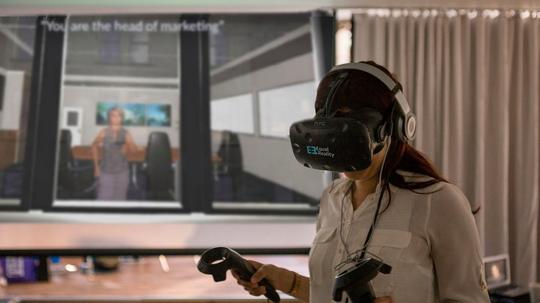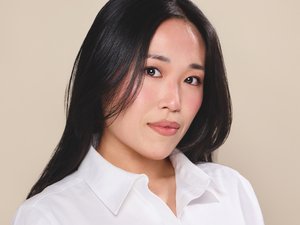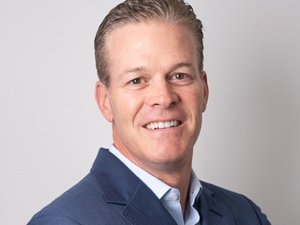
Does workplace diversity training really make a difference? Some claim that is doesn’t, at least not to the extent that it should, but one D.C.-based startup is using virtual reality to change that.
Putting oneself in another’s shoes leads to greater empathy and understanding, co-founders Annie Harper, Brennan Hatton and Rick Marten demonstrate with Equal Reality. The immersive experience uses VR headsets that present different situations to show the realities of workplace bullying, sexual harassment and discrimination, from outright insults to more subtle aggressions. Many scenarios are based off of real-life incidents.
Harper came up with the idea after facing years of unconscious bias as an engineer in a male-dominated field. She wanted to show her colleagues rather than tell them, since words alone weren’t getting the message across.
Hatton and Marten came on, and they began to build up the program in their native Australia, bringing the technology to tech firm Domain Real Estate and then to one of Australia’s largest banks before coming over to the U.S. to enter the Halcyon fellowship. The three completed their fellowship in the fall but continue to work out of the incubator’s space and grow their client base.
“We are all very aware of how powerful virtual reality can be in terms of embodiment, in terms of letting you become someone else,” Hatton said. “We thought this could be a really powerful tool ... and it’s definitely better than the existing landscape which is just a classroom environment, reading a case scenario or being told a story.”
The level of virtual reality called positional tracking “actually changes the mind’s compass.” Mirrors are used at the beginning of each scenario that gives you time to see yourself as someone else, often a person of another sex or ethnicity. You get used to the body you’re in, and then experience what it’s like to walk in their shoes and be treated a certain way. The scenarios open up and put you in the perspective of other people in the room (like a manager or colleague), then you are presented with options for how to react to situations and experience consequences of each path.
“We have a disability experience where we get ignored or overlooked as a person in a wheelchair and it’s based on an assumption of mental disability based on the physical disability,” Hatton explained. In the extensive research they conducted before launching the program, one of the most powerful lines he heard repeated was, “it’s great to hear that you’re keeping yourself busy.” They incorporated that line into the VR so people can experience what it’s like to be the target of similar condescension.
The founders held workshops after rolling it out in Australia.
“We got into a lot of discussion around the feelings they had, and it really showed how powerful in terms of empathy this tool can be,” Hatton said. “And it really did shift people’s behaviors.
“One of the things we really want to shoot for is to make it more accessible to small businesses,” he continued, when asked about the future of Equal Reality. “As this emerging technology becomes more mainstream, the goal is to allow this to be a tool that anyone can use.”




